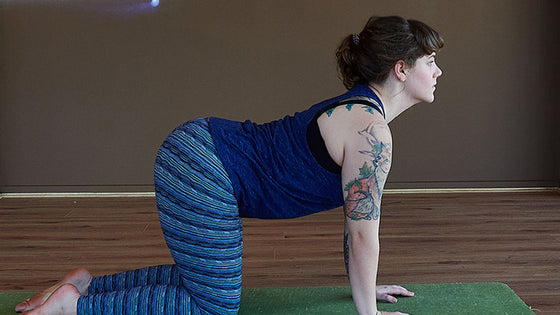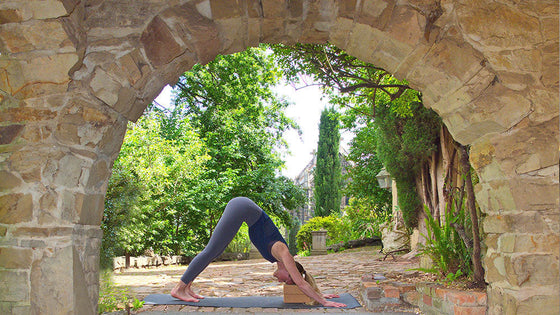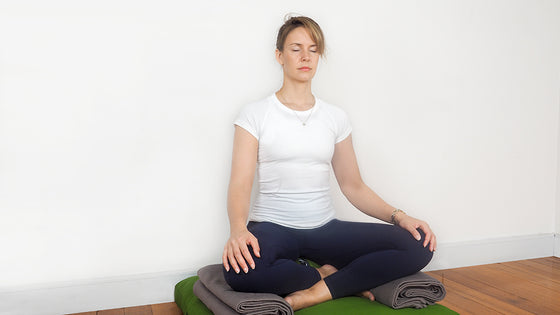- Ergonomic Products
- Ergonomic Furniture
- Yoga
- Meditation
- Pilates
- Air Treatment
- Blog
- Resources
- About Us
- Wholesale
- Ergonomic Products ▼
- Ergonomic Furniture ▼
- Yoga ▼
- Meditation ▼
- Pilates ▼
- Air Treatment ▼
- Blog
- Resources ▼
- About Us
- Wholesale
- Sign in
Perhaps you have just completed your yoga teacher training – 200, 500, 600 hours of dedicated focus, practice and learning; done with the intention of living your dream and teaching yoga, and, ultimately, opening your own yoga studio.
Opening a yoga studio can be a highly rewarding endeavour and be fulfilling in so many ways. To name just a few: you can follow your passion and create your own destiny, provide something that is tremendously beneficial to the community and build something that is meaningful and worthwhile.
If you do a little research you’ll find out that the practice of yoga has experienced an exponential growth over the past couple of decades and it continues to attract more and more people.
According to Roy Morgan Research, yoga is the fastest growing fitness activity in the country. Its popularity has doubled in the past 8 years and it is now more popular than activities such as tennis, cricket and golf. Naturally, as more and more people practice yoga, more and more yoga studios are opening. Now, as you drive around the city you don’t have to go too far before you see a sign that says yoga studio— the same can be said for regional cities and towns where it is not uncommon to come across a yoga studio. For example, I know of one yoga studio in the Great Australian Bight, a very remote area in Australia, and it has 35 regular students!
But, and it’s a big but, how many yoga studios stay open? How many really succeed as a successful business? And for those that are successful, what are the key ingredients that go into making and sustaining a yoga studio as a successful entity?
In this article I am going to address these questions by looking at six key challenges that go with opening and maintaining a successful yoga studio together with sharing anecdotes from Yoga teachers and Yoga Studio owners who have years of experience in today’s yoga world.
The Six Key Challenges
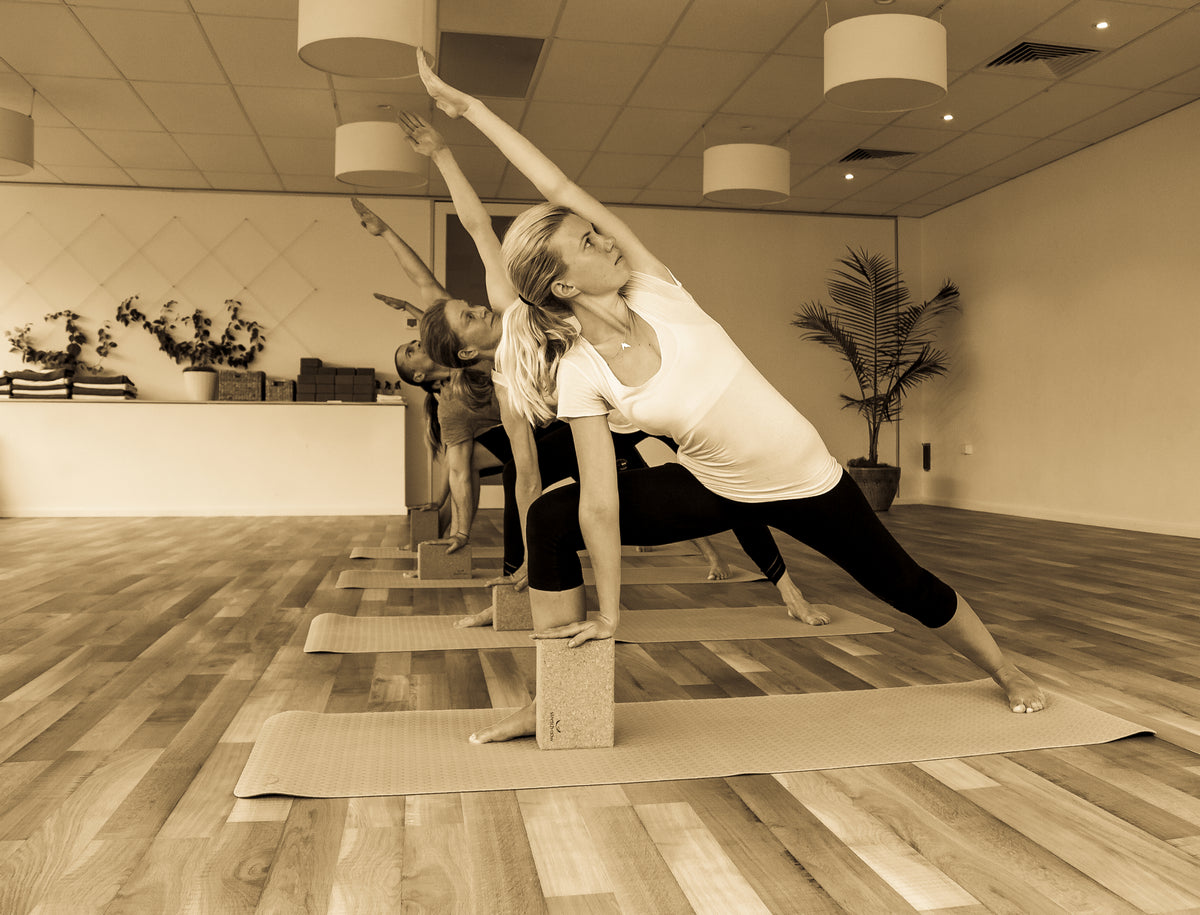
Good business practice
You can have loads of enthusiasm, inspiration and a genuine intention of offering service to the community, however if this is not harnessed by an understanding and application of good business practice, things can go pear-shaped pretty fast.
Therefore, just as you have put in many hours of training and study to become a Hatha Yoga teacher, it’s also good practice to do your homework in regard to how to run a successful business. There’s an abundance of resources on the web that can provide great tools and valuable information for you. Here is just one example that I found after doing a quick search:
Five Essential Features of a Yoga Website
There’s also nothing better than talking to people who have already established a thriving yoga studio. They have “been there done that” so to speak and will have a wealth of knowledge to share. For example, in regard to things to look out for when setting up and making a yoga studio a successful business enterprise, Evelyn Krull (PhD) from Yogita Yoga in Adelaide comments :
“Start with a realistic business plan:
[We’ll have a more in depth look at these points in a future blog.]
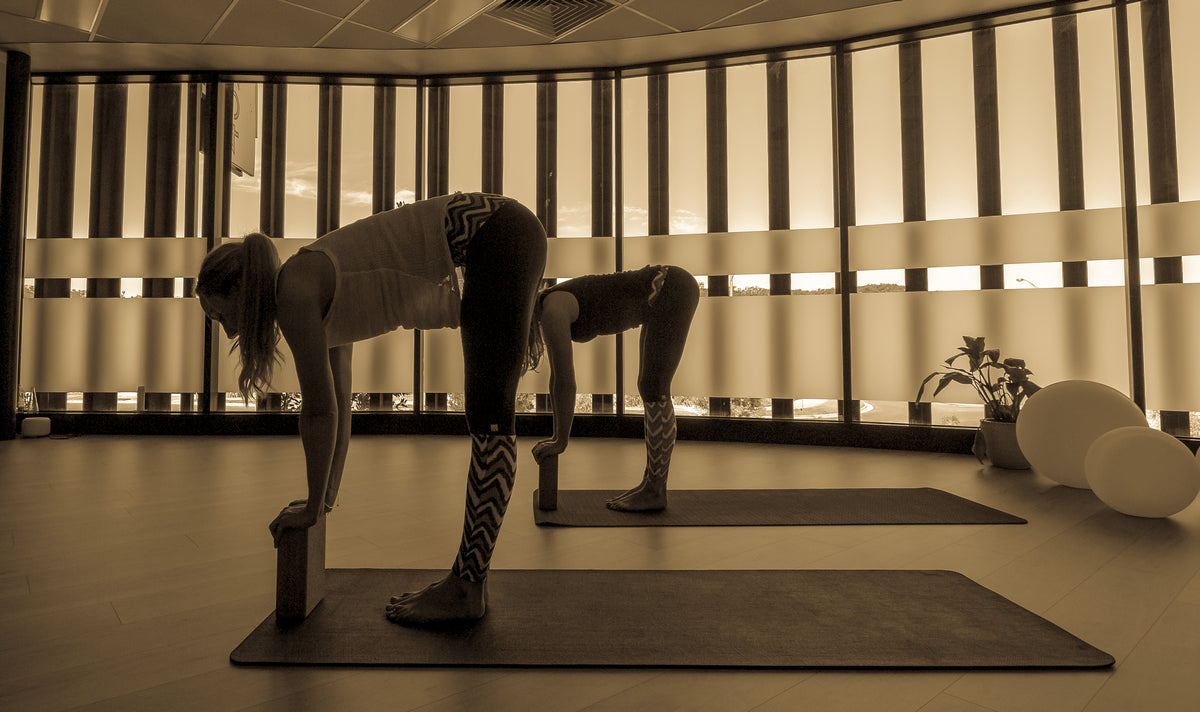
The competition—who’s around the corner?
Sometimes the word “competition” can leave a bad taste in the mouth of a yogi or a yoga teacher. Yoga by definition is definitely not about competing against others. However, if you run a studio or teach yoga for remuneration you are in a business and are likely to be in competition with other like businesses. This is yoga in the 21st century.
The point being that it’s a good practice to scope out the area where you want to open a studio to see what, in terms of “competition” is already established in your area; and I am not just talking about yoga studios.
Keep in mind that there are gyms, pilates studios, YMCA’s, community health centres, aquatic centres, etc, many of which also offer yoga as one of their fitness modalities. Once you have established there’s a good opportunity for a yoga studio in your specific area there are a few more questions to ask. For example, will people in this area find your ‘brand’ of yoga attractive? What, actually, is your brand? How are you going to compete?
Here’s a tip from Karen Bishton, yoga teacher and founder of Selah Yoga in Queensland:
“Yoga studios are in a very competitive environment, so when it comes down to it, you can have the fanciest studio in the world, but without teachers who supply the personal touch that many are looking for, then success will be difficult. “This authenticity must be part of all your social media profiles, publicity and other promotion that you might do. We live in a world that is minimising social contact, so we, as yoga teachers, have a responsibility as part of our social brief to invite and encourage that connection and support with our communities; even if it’s only for one class a week or whatever the student can manage.”
Evelyn also comments on this point:
“It’s good to have a key differentiator from other yoga studios: what makes you unique, special, better than others? Learn your client’s names; address them when they walk in and walk out; be personal but not overbearing; follow-up with clients.”
The bottom line is research-research-research—you go into setting up your studio or your yoga teaching with your eyes wide open and with as much information about the area as possible. Be crystal clear about what it is you want to offer people and how you want to teach.
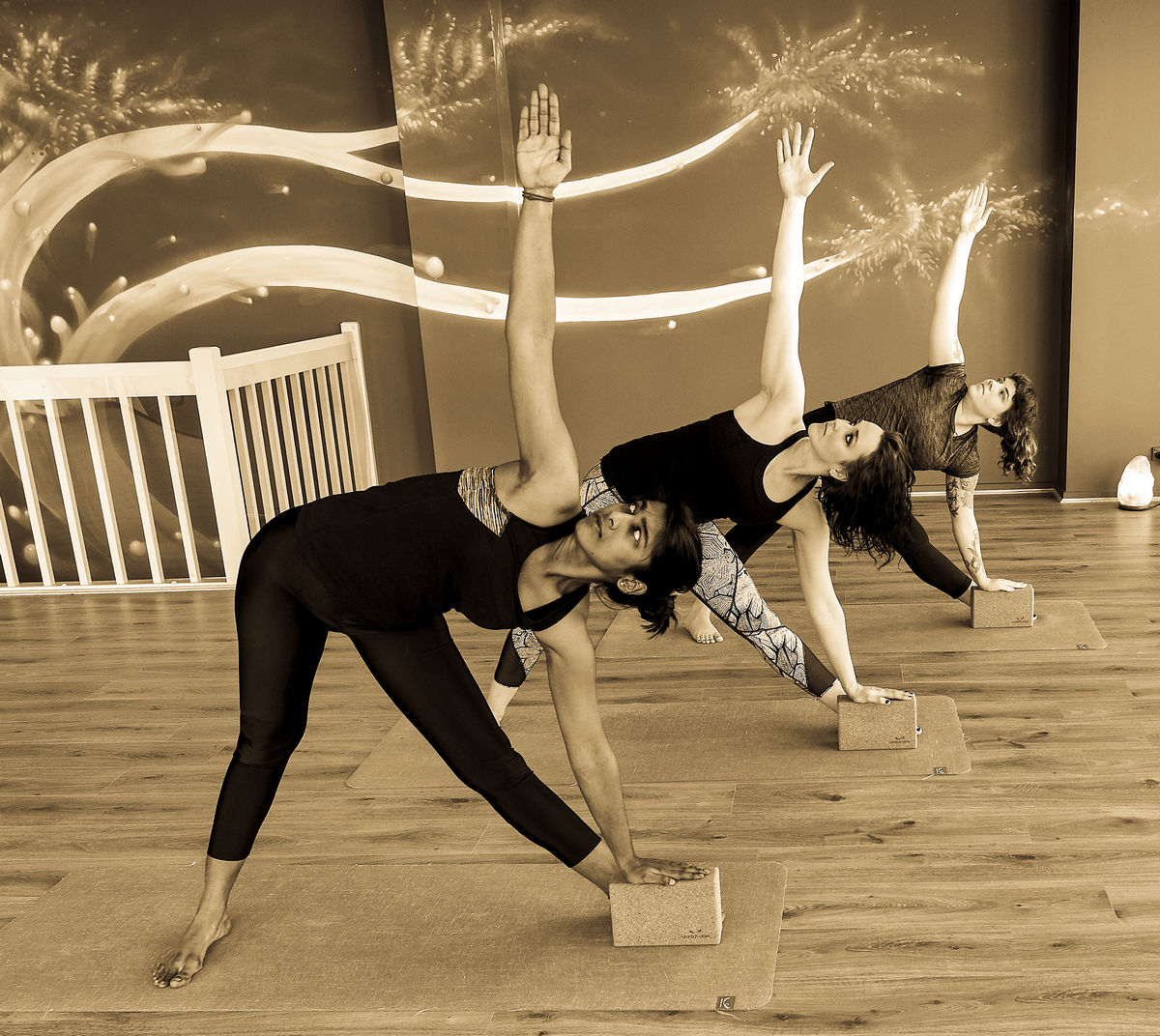
Time—do you have it?
It’s good to have a realistic picture of how much time it takes to run and establish a successful studio. It’s more common than not that a business can take one to several years before it actually turns a profit. Obviously, this point is tremendously important to consider when thinking about opening a studio.
Merryn Perez, yoga teacher and founder of Boutique Yoga studio in Gerringong, NSW writes,
“Don’t expect it to be successful overnight. My Studio has been going for 6 years now and it took 4 years to become really established—so it can be good practice to lower expectations a bit.”
There’s also the factor that the only time many people have to attend classes is very early in the morning before work, in the evenings after work, or, on the weekends; so your availability during these times is possibly essential. Another aspect to consider is that many people set up a yoga studio while being in full-time employment in another profession because of financial necessity. Now they are working a full-time job and also teaching classes in the mornings and evenings before and after work and on the weekends as well as sometimes setting up and breaking down the venue and maintaining its cleanliness. This can lead to stress and burnout, which is ironically, the very antithesis of yoga.
A couple of weeks ago I was speaking to a yoga teacher who runs a successful studio and frankly, I was a little shocked when she told me she gets up at 3.30 am to do her own yoga practice because this is the only time she has available due to early morning classes and late evening classes. Another teacher recently said to me that she opens her studio at 5.30 am every morning for classes before the workday begins.
Keely Thomson, from 432 Yoga Studio in Melbourne writes:
“Consider the time you have available to commit to the studio's establishment - but on-going too. Are you willing to sacrifice time perhaps otherwise spent with family and friends to the studios growth?”
Conclusion: A successful studio is a very demanding undertaking and you will have to work hard—a commonsense assessment of the time you need and have available will be fundamental to its success.
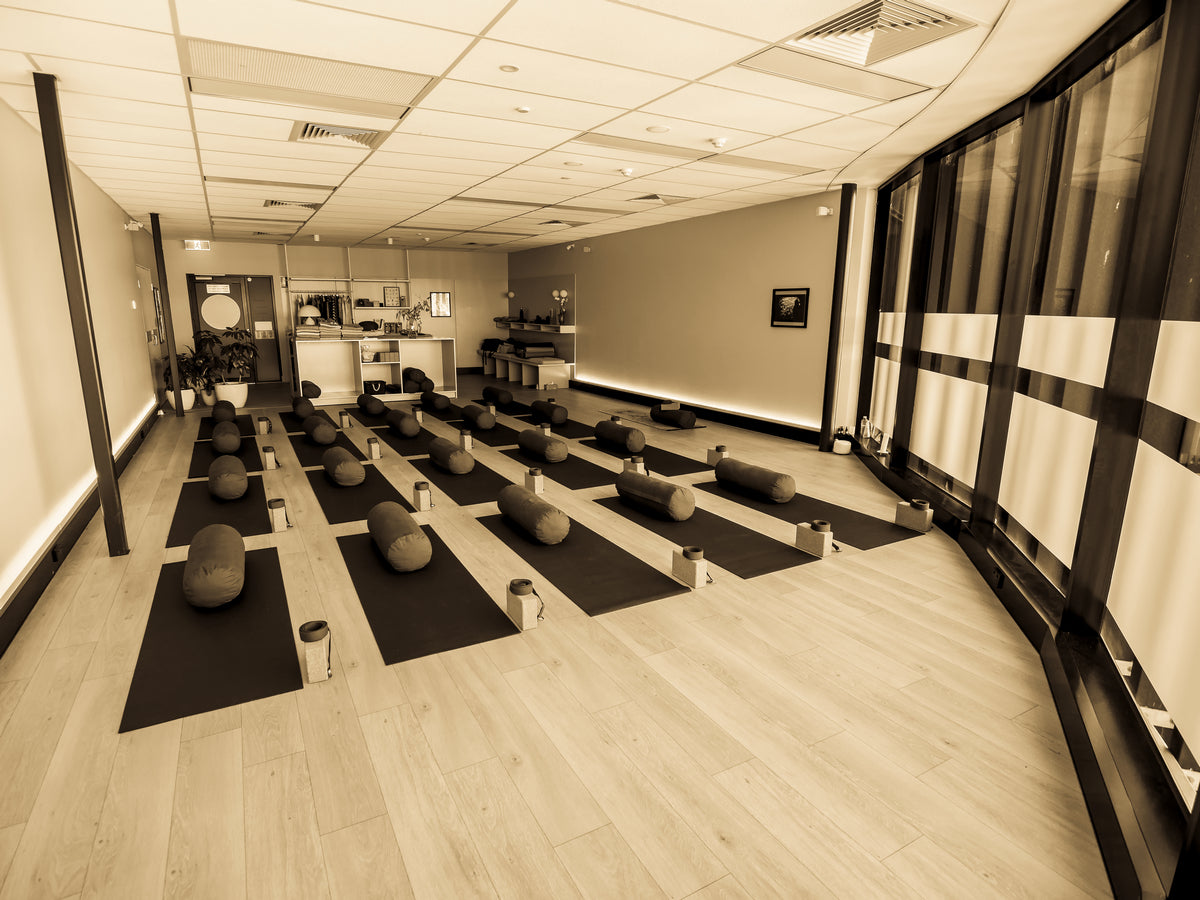
The Venue
This is a biggy and has to be well-thought out. If it’s too large it may look empty and cost too much to lease. Too small and it may feel congested and claustrophobic and actually not be big enough to have the number of students to enable you to make a profit. Other things to consider when choosing a venue is the shape of the space: L shape and long narrow spaces obviously won’t work as well as a balanced rectangle or square shape. The size of the space will also be dependent on the style of yoga you teach. For example if you use a lot of props, you may need wall space and floor space to accommodate the props as well. Also, how do you want students to feel when they enter the space? Large windows that let in natural light—a space that is clean and easy to clean—and a space that is relatively free of distractions can make the space more attractive to people.
Vanessa De Luca from Soul Flow Yoga in Bondi Junction says,
”Have a friendly, inclusive, welcoming and warm energy within your space.”
Additionally, what about car parking? Car parking can be so easily overlooked when looking for a venue. But available car parking or the lack thereof can make or break a yoga studio. Nobody wants to receive parking fines because of permit zones or short parking time allowances. And even though hatha yogis are relatively fit, they may not be too happy about walking half to one kilometre from their car to the studio when they have tight schedules or the weather is cold and wet.
Of course it is almost impossible to find the ideal space unless you build it from the ground up, but going the ‘extra mile’ in your search can turn up real gems.
Renting space in an existing studio
Some studios owners also rent out their space for other teachers. The advantage here is that overheads are significantly reduced. You can look out for a set-up like this that is mutually beneficial for both. This can save you resources and give you a load of valuable experience towards the day you are ready to go out on your own.
Yoga Instructor, Aimee Chick from Free Spirit Yoga in the Hunter Valley writes,
“Find a great mentor; I was lucky enough to start out with a teacher who had previously owned a studio - her “been there, done that” knowledge was invaluable. Be open-minded to listening, and never stop learning - kick the ego to the curb and just roll with the punches.”
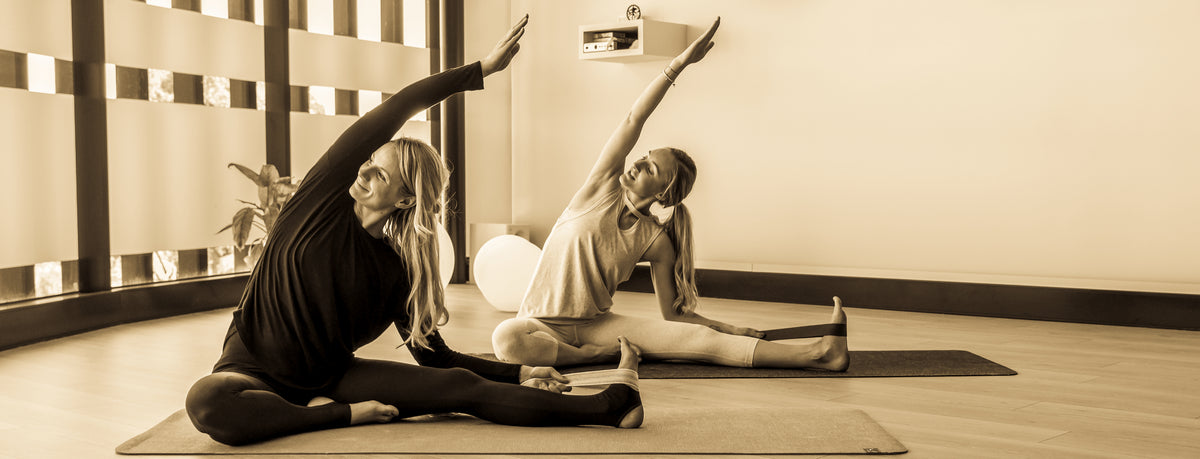
Cash-outflow verses cash-inflow (crunching the numbers)
Even though this point is down the list a bit in regard to key challenges for opening a yoga studio, it’s probably the first and most important point to look at.
Your studio may not be a booming financial success right from the outset. So factor in the possibility that you may make a loss until the studio becomes more established.
Awareness of all costs, both hidden and unhidden, is paramount. Your costs may include things like rent, insurance, purchase of props, utilities (electricity, water, etc), consumerables, paying teachers and/or an administrative assistant, accounting and legal fees, cleaning supplies, advertising and marketing expenses, computers, software and printers, internet, phone line, answering equipment, furniture, lighting, sound equipment, stationary, hygiene supplies, and taxes. Phew! Where have all my savings gone?
Keely comments on this point,
“When Planning, no matter how conservative you are with selecting furnishings, accessories etc. add another 20-50% to your estimated price - there will always be hidden fees and items required that you hadn't even considered!”
Also, have you considered how many weeks of the year your studio will be open for business. For example, many of your students may not be able to attend any classes during school holidays. This alone may mean that you can only be open for approximately 40 weeks per year.
As an example of this scenario here is another tip from Aimee…
“Know your market and understand your customer; utilise tools such as a detailed business plan that includes a market analysis and ensures an accurate forecast of both customer & revenue projections. When we first started, the gap between weeks of heaps of customers and then none was huge; until we realised it was driven by the local economy (mining shifts) & sporting seasons (cricket, netball etc). Now we offer a timetable to suit those issues and offer workshops around key issues linked to the economic & social aspects of our town (i.e, long hours/sleep deprived, high risk job and sporting injuries and mobility issues) “
For all these reasons it is best to carefully estimate the number of students and classes it takes to produce the appropriate cash-inflow that enables your studio to be financially sustainable.
You can also look at supplementary means of income such as buying yoga props and clothes at wholesale and selling retail. This can be a great win-win for both studio owner and student, especially if shipping costs for props are high. This doesn’t necessarily mean buying a lot of stock—you can ask your students what they would like to purchase and create a list and then make a purchase when everyone is ready to buy.
Another good practice is to map out a projection of where you want your studio to be in terms of financial viability say 6 months and 12 months down the road. Then do an assessment at those juncture points to get a realistic picture or how you are doing and what changes you may need to make in order to achieve the goals you set.
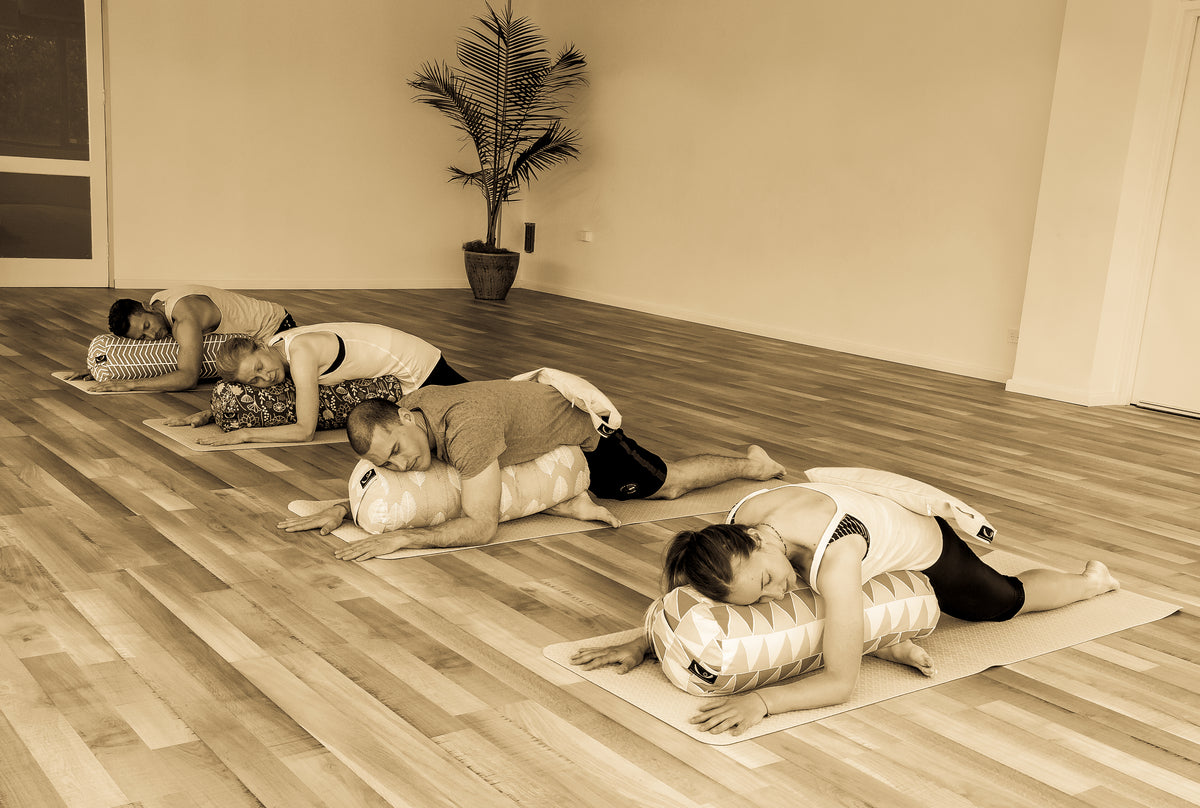
Maintaining and expanding the student base
A good question to ask yourself in regard to maintaining and expanding your student base is what attracted you towards your favourite yoga teachers? What did they have that inspired you, motivated you and made you want to learn from them? Quite often it’s not so much what the teacher is teaching but more about how the teacher teaches—what qualities and virtues shine out from the way they teach and deport themselves? From my own experience, when a teacher connects with genuine care, the student reciprocates and will invest more of themselves. I have worked with many well known teachers, and to be honest, I have learned more and been motivated to keep learning from teachers who embody what they teach.
On this point Keely writes,
“From a teacher’s perspective, our students really enjoy when they practice along-side us - we always make an effort to practice at the studio; not only to support our teachers, but so our community can see that we do practice what we preach!”
Another key ingredient in maintaining students is to understand what they want and whether or not they are being fulfilled. This can only be ascertained through feedback—so an endeavour on the teachers part to communicate with students—find out how they’re doing—what their challenges are—what their goals are and giving pointers on how to realise them is invaluable.
Additionally you can look at what kind of offers to provide students; for example, memberships, introductory offers or weekly and monthly programs. Students appreciate flexibility both in how they can participate and how they can pay. I know one teacher who runs three very successful yoga studios in Melbourne who generously lets her students delay payment for classes they attend when she knows their finances are a bit tight. This act of kindness can increase loyalty and respect for the teacher.
Another approach is to look at what tools are available to provide you with the information, understanding and resources that support you working as a successful business enterprise—and there are many.
Here’s another tip from Aimee,
“Use the right tools for the job - work smart, not hard - I love the Mindbody app; my day job is Maintenance Analyst in the mines and “mindbody” gives me all the analytics I could dream of. Same goes for marketing; Canvas app is a great tool, along with Google AdWords and especially Keyword Planner, as it validates that there are over 1-10m searches for yoga in our area every month; this info validates our market and improves our site’s SEO. A good website and an easy to use booking system is also essential. I use WIX preferably for the great free images & templates.”
And one thing to never ever forget, is; word of mouth is still the best and most reliable source of advertising. A happy and satisfied student will give you the most powerful advertisement of all—and it’s free!
Keely again,
“Word of mouth has been pivotal to our growth - ensure every individual receives more than a yoga class, but an experience. Listen to their stories, ask questions, interact and make them feel safe and nurtured. You never know who they'll share their experience with.”
Having considered all these points, and of course it goes without saying that there are many, many more that are not mentioned here in this article; for example, marketing, social media and creating your website to name just a few; you may think setting up a studio is an incredibly daunting task. But by educating yourself and doing good research, planning and setting achievable goals, you as a yoga teacher and your yoga studio can be enormously successful—on so many levels!
May your yoga studio thrive!
Many thanks to all the yoga teachers and yoga studio owners who contributed their knowledge, experience and space to this article.
